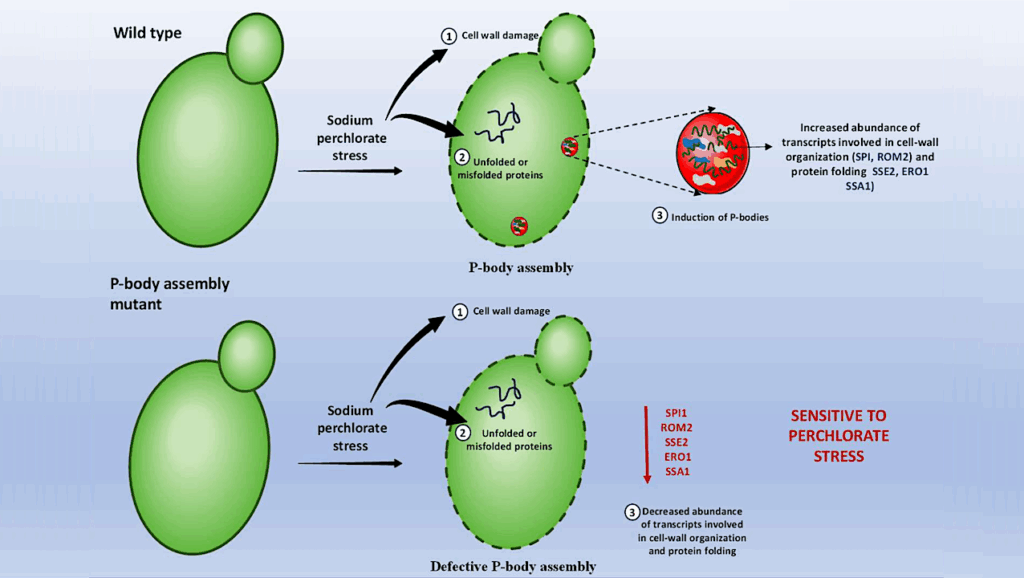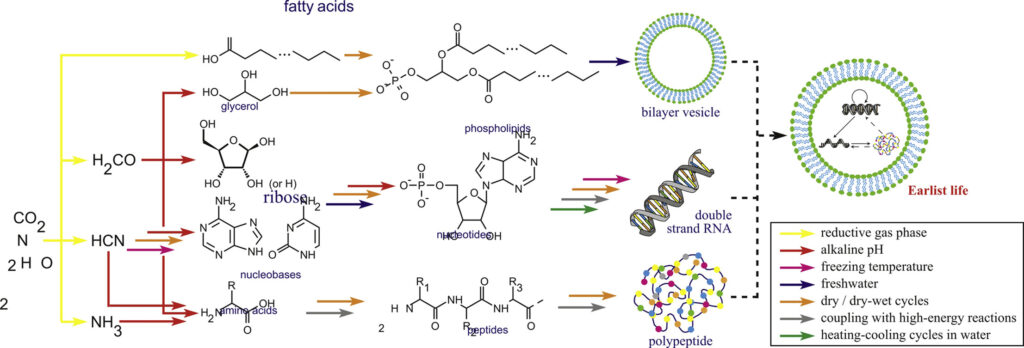Beyond A Pale Blue Dot: How To Search For Possible Biosignatures on Earth-like Planets

The Earth viewed from outside the Solar system would be identified merely like a pale blue dot, as coined by Carl Sagan.
In order to detect possible signatures of the presence of life on a second earth among several terrestrial planets discovered in a habit-able zone, one has to develop and establish a methodology to characterize the planet as something beyond a mere pale blue dot.
We pay particular attention to the periodic change of the color of the dot according to the rotation of the planet. Because of the large-scale inhomogeneous distribution of the planetary surface, the reflected light of the dot comprises different color components corresponding to land, ocean, ice, and cloud that cover the surface of the planet. If we decompose the color of the dot into several principle components, in turn, one can identify the presence of the different surface components.
Furthermore, the vegetation on the earth is known to share a remarkable reflection signature; the reflection becomes significantly enhanced at wave-lengths longer than 760nm, which is known as a red-edge of the vegetation. If one can identify the corresponding color signature in a pale blue dot, it can be used as a unique probe of the presence of life. I will describe the feasibility of the methodology for future space missions, and consider the direction towards astrobiology from an astrophysicist’s point of view.
Yasushi Suto (Univ. of Tokyo)
Comments: 11 pages, 5 figures, published in Yamagishi A., Kakegawa T., Usui T. (eds) Astrobiology. Springer, Singapore (2019)
Subjects: Earth and Planetary Astrophysics (astro-ph.EP)
DOI: 10.1007/978-981-13-3639-3_29
Cite as: arXiv:2006.11451 [astro-ph.EP] (or arXiv:2006.11451v1 [astro-ph.EP] for this version)
Submission history
From: Yasushi Suto
[v1] Sat, 20 Jun 2020 00:48:29 UTC (929 KB)
https://arxiv.org/abs/2006.11451
Astrobiology, Astrochemistry, SETI








